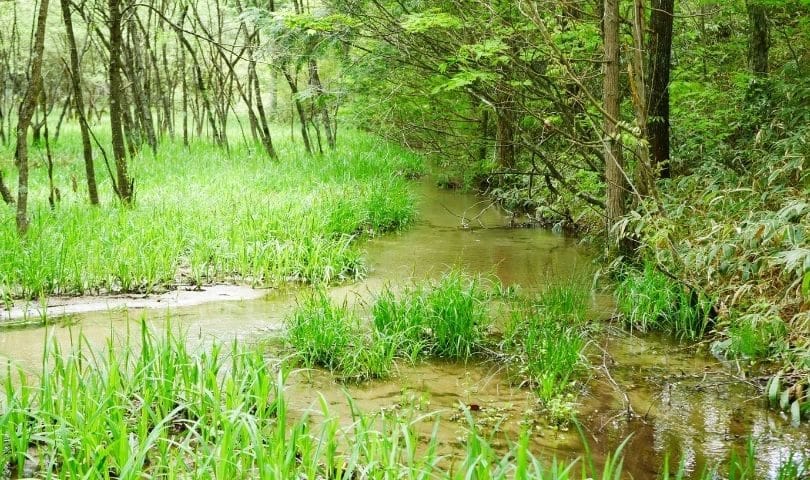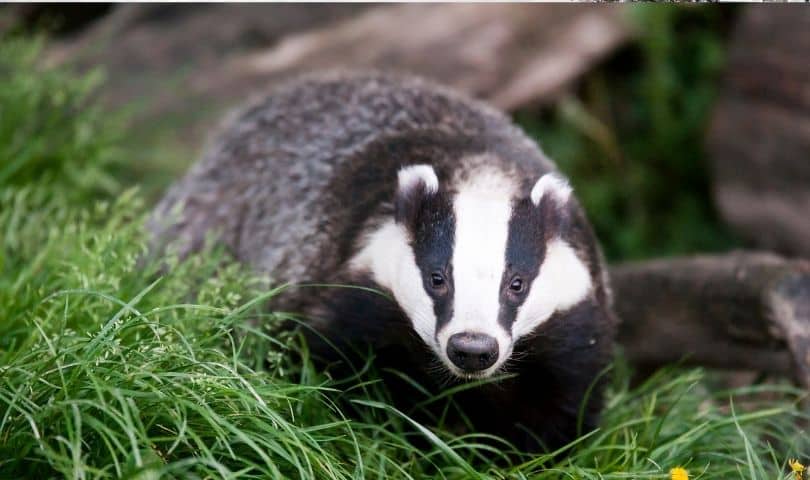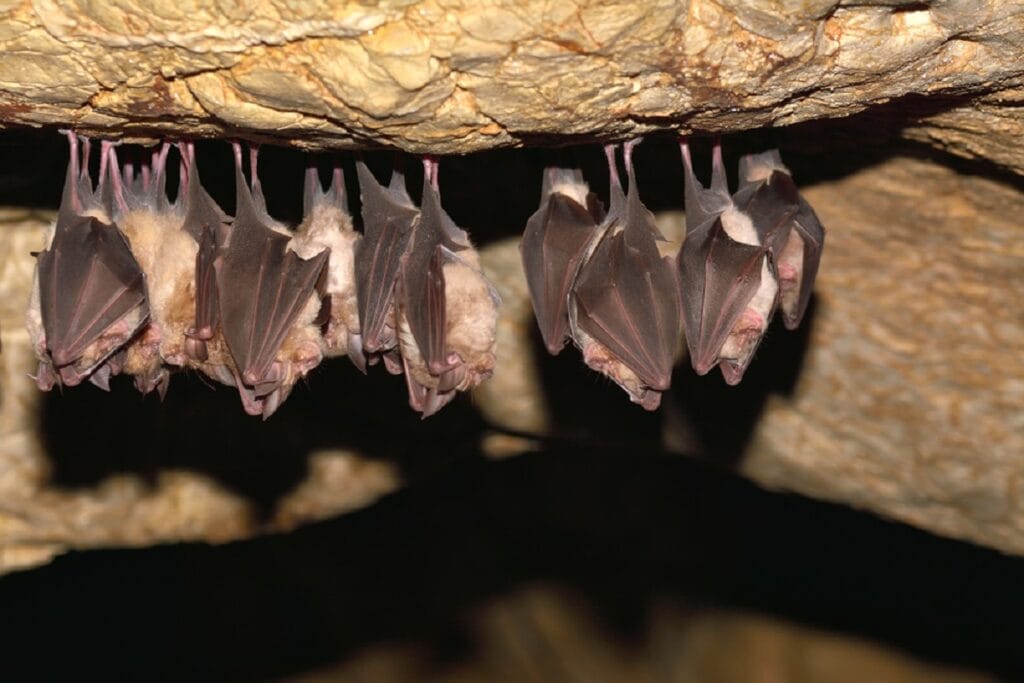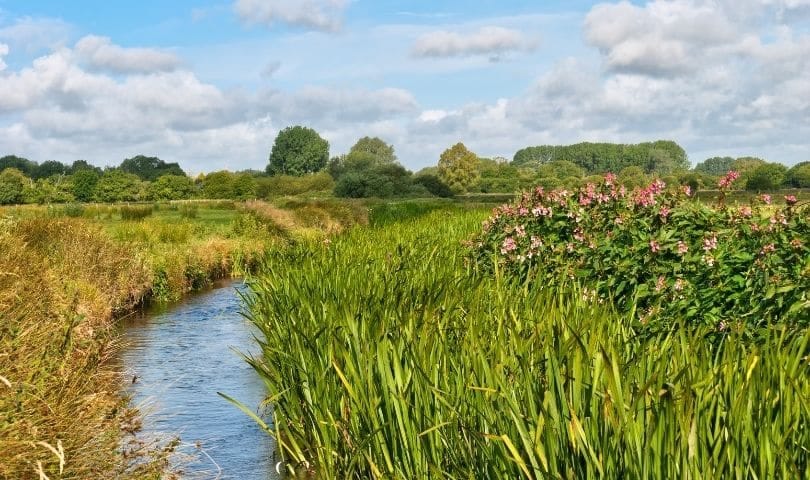Middlesbrough’s history and important wildlife areas today
Middlesbrough in the north east is the Tees Valley’s principal town and home to around 152,650 people. It’s still expanding as major brownfield regeneration schemes – most visibly the vast Teesworks project on the former steel‑making sites – reshape its river corridor and docklands. Heavy industry once lay at the heart of the local economy, yet the town retains an exceptional mix of parks, wetlands, coastal habitats and post‑industrial grasslands that together support a remarkably rich biodiversity network.
Stewart Park’s ancient oak and beech belts, Albert Park’s Victorian lakes, Linthorpe Cemetery Local Nature Reserve’s veteran trees and mosaic grassland, and Maze Park’s flower‑rich railway spoil mounds on the Tees south bank all act as green stepping‑stones through the urban area. Down‑river, the Teesmouth and Cleveland Coast SPA/Ramsar complex protects mudflats, dunes and lagoons that host tens of thousands of wintering waders and wildfowl, while the RSPB’s flagship Saltholme reserve and the wider estuary continue to attract breeding common terns and harbour seals. Vegetation on cleared steelworks land at South Bank and Middlehaven is already drawing pollinating invertebrates and ground‑nesting birds, proving that even heavily modified sites can be ecologically valuable.
Protected species in the north east
Consequently, a wide range of protected species regularly turn up on development sites across Middlesbrough. District licensing data confirm strong great crested newt populations in the town’s south west pond clusters, while becks such as Marton West and Bluebell carry nationally important water vole colonies undergoing active conservation management. Otters have recolonised every freshwater corridor south of the Tees, all native bat species are recorded in the urban tree network, and the dingy skipper and grayling butterflies for which Maze Park is famous underline the importance of post‑industrial grasslands for scarce invertebrates.
Ecology services
A range of ecology services may well be required to assess sites with potential for hosting protected species; local authorities will need evidence that the necessary measures are being taken to protect wildlife before they will grant planning permission. Engaging an ecological consultancy that offers a full range of environmental survey work in the north east is advisable.

Relevant legislation for ecology surveys
Any ecology work in Middlesbrough must satisfy the Wildlife and Countryside Act 1981, the Conservation of Habitats and Species Regulations 2017, the Natural Environment and Rural Communities Act 2006 and the Environment Act 2021, which mandates a minimum 10 per cent Biodiversity Net Gain on most planning applications in England. Middlesbrough Council’s emerging Publication Local Plan, approved for submission in March 2025, embeds these national duties by requiring proportionate ecological information and clear mitigation or enhancement proposals before an application can be validated or approved. Where European Protected Species such as bats, otter or great crested newt could be affected, developers must also meet Natural England’s licensing tests before the Council will grant permission.

Ecology surveys: the process
Our first step is always a desk‑based appraisal, drawing on Tees Valley Nature Partnership records and site‑specific mapping. Ecological consultants then conduct a walk‑over Preliminary Ecological Appraisal to record habitat types to phase 1 habitat level and assesses the likelihood of protected species or important habitats being present. Where necessary, seasonally constrained protected species surveys will be undertaken, such as bat surveys – for example, bat activity surveys must be conducted between May and September and water vole mapping in spring or autumn. Surveys for great crested newts (eDNA sampling of ponds), breeding bird checks or invertebrate transects on brownfield grassland, are arranged so that planning timescales are not compromised.
Findings feed into an impact assessment that applies the mitigation hierarchy: avoidance first, then on‑site retention and enhancement such as wetland creation, bat or bird boxes, green roofs or biodiverse sustainable drainage systems, and finally licensed translocation or off‑site compensation if significant harm remains. Consultants then submit a clear, policy‑compliant report to the local planning authority.

Expert ecological services
As a CIEEM‑registered consultancy operating UK‑wide, we provide a full range of ecology surveys to satisfy local authorities, from initial feasibility advice to detailed ecological impact assessments, protected species surveys and licensing, invasive species management plans, construction environmental management plans and post‑development monitoring.
Our consultants hold the necessary survey licences and have in‑depth knowledge of habitats in the north east, seasonality and planning expectations, ensuring pragmatic and cost effective solutions to meet your ecological needs, satisfy the local planning authority and comply with legislation. We have a varied client base across the north east, north Yorkshire, County Durham and the Scottish borders and can help with your development site, whether you need bat activity surveys, habitat management advice or surveys for great crested newts .

Request a free quote for ecological surveys
If Middlesbrough Council has asked for ecological surveys, or you wish to assess a site before submitting an application, simply email, phone or complete the quick quote form on our contact page. We need the site address, a brief description of works and any planning references and we will quickly return a quote. If this is accepted, we will schedule a survey at a convenient time.